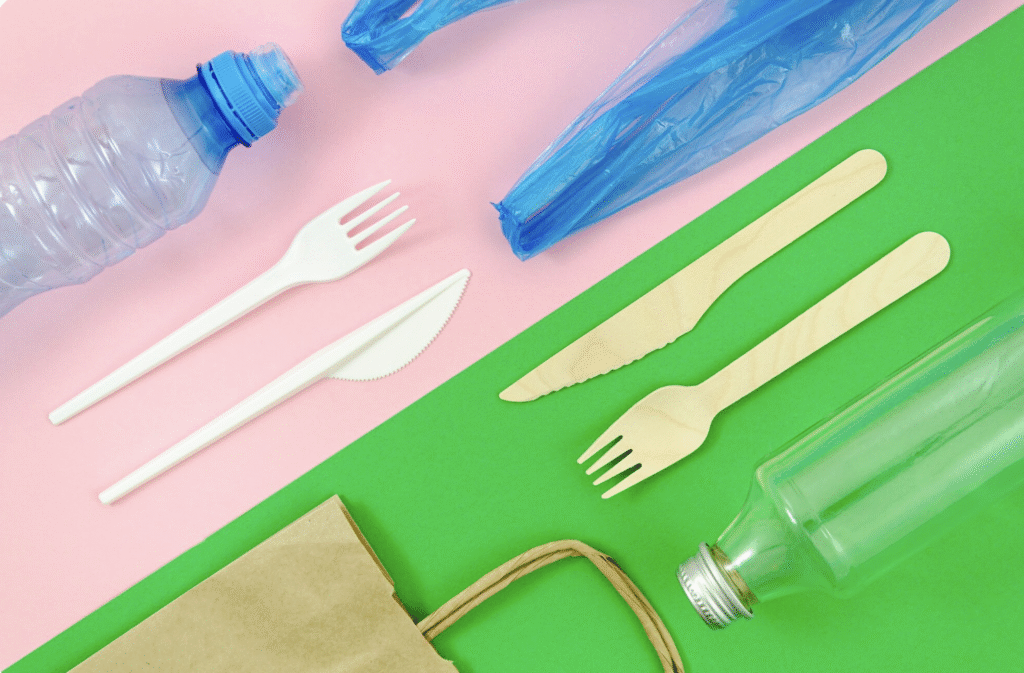Biodegradable products and recyclable plastics both aim to address the environmental challenges posed by waste, but their approaches to sustainable packaging differ significantly in terms of environmental impact and practicality. Biodegradable products, such as plates and containers made from agri-fibers like sugarcane bagasse or cornstarch, decompose naturally within months through microbial action, leaving no toxic residues. This makes them a cornerstone of eco-friendly packaging, as they reduce landfill waste and prevent long-term pollution, particularly in ecosystems like oceans where 8 million metric tons of plastic accumulate annually. In contrast, recyclable plastics, such as PET or HDPE, rely on collection, sorting, and processing to be reused, but only about 9% of plastic waste globally is successfully recycled, with the rest ending up in landfills or incinerators, contributing to greenhouse gas emissions and microplastic pollution.
The environmental benefits of biodegradable products make them a compelling choice for sustainable packaging, especially in applications where waste management infrastructure is limited. These products, often derived from renewable resources, require less energy to produce—emitting up to 68% fewer greenhouse gases than plastics—and support a circular economy by composting into nutrient-rich soil. For example, biodegradable containers can break down in backyard compost piles or industrial facilities, reducing the 79% of plastic waste that persists in landfills. Recyclable plastics, while theoretically reusable, face challenges like contamination and degradation of material quality after each cycle, often leading to “downcycling” into lower-value products. Additionally, the energy-intensive recycling process and reliance on consumer participation limit its effectiveness, particularly in regions with underdeveloped recycling systems.
Choosing between biodegradable products and recyclable plastics depends on context, but biodegradable options often have a clearer path to eco-friendly packaging due to their natural decomposition and minimal environmental footprint. While recyclable plastics require robust infrastructure and consumer compliance to be effective, biodegradable materials offer a more immediate solution, especially for single-use items like food packaging. However, scaling biodegradable solutions requires investment in composting facilities and consumer education to maximize benefits. To explore how biodegradable products can transform your approach to sustainable packaging, visit www.thedegradables.com and discover innovative, eco-friendly solutions for a plastic-free future.

